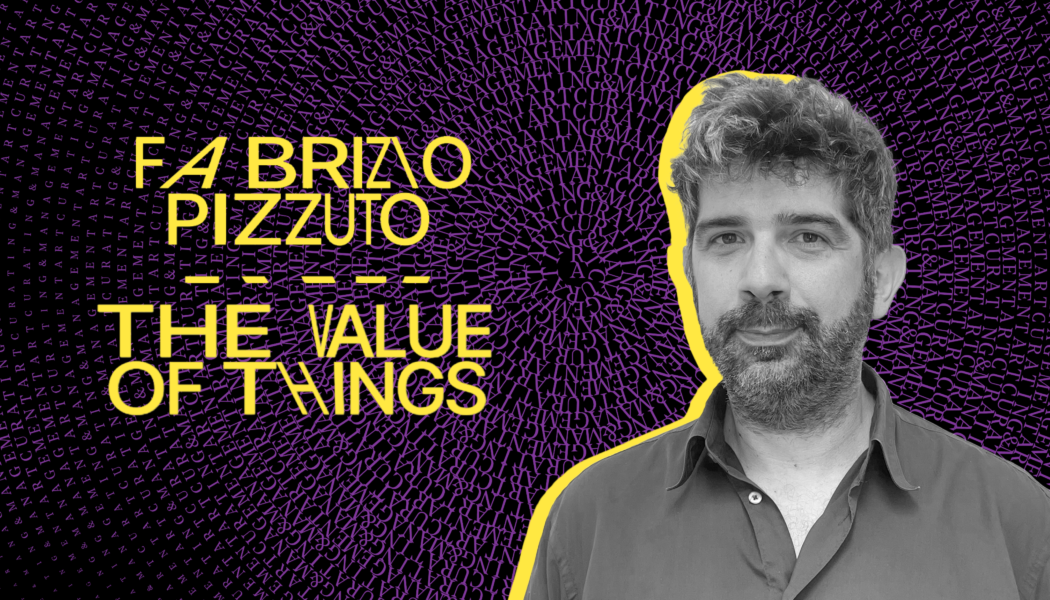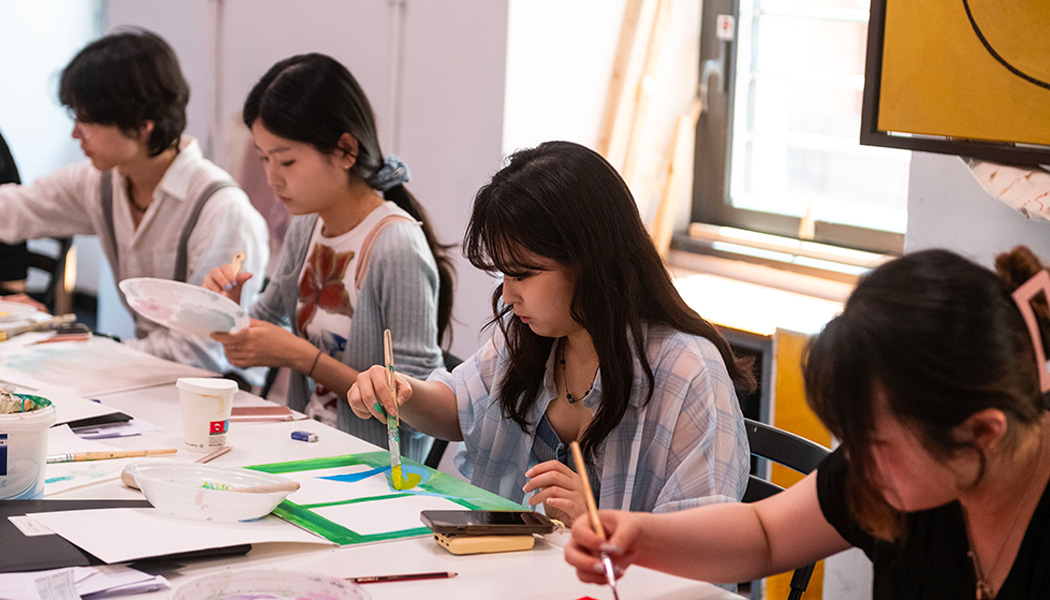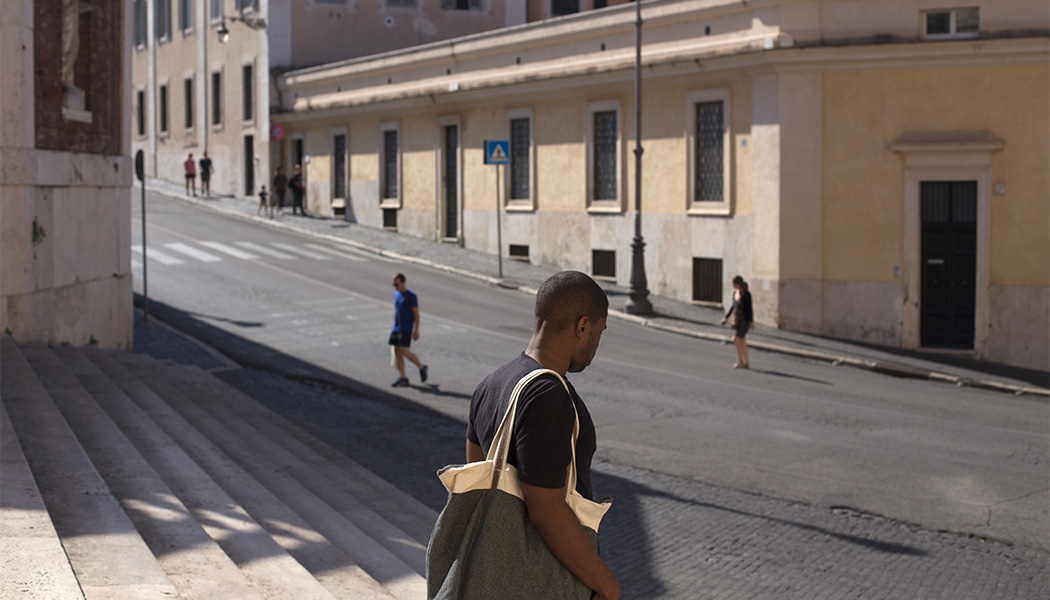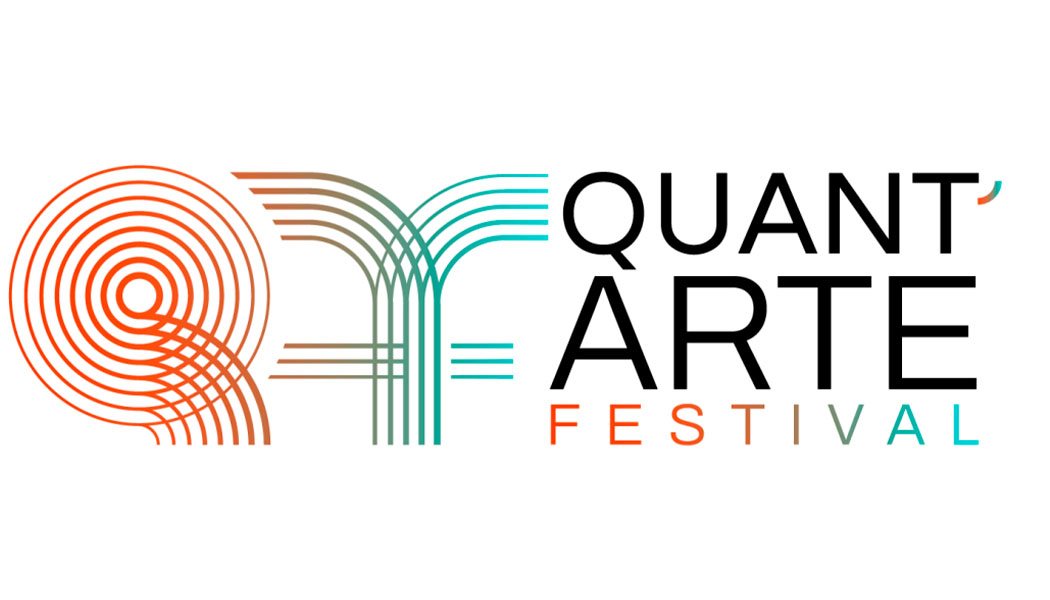by Fabrizio Pizzuto – Critic, art historian, RUFA Master’s degree coordinator in Art Curating and Management.
Establishing the price of an artwork is an enterprise which allows for difference of opinion.
We are flooded with documentaries and books, mostly from the US, which illustrate the madness of the contemporary art world: the auctions, the scams, the infinite amount of money that flows through it. This, apparently, is the most fascinating way to tell the story. We also have critics and gallerists such as Jerry Saltz, just to name one, who in the documentary The value of nothing warns us against working these jobs, as most people who do are poor.
What the term poor exactly amounts to, in an industry where prices can skyrocket, is uncertain: nevertheless, people hardly ever explore this world, much like the cultural industry more broadly. Still, many people are employed in the art world and work a variety of jobs. Sales is one of its core businesses, but not the only one.
The visual arts realm is a particularly complex one: wealthy, self-satisfied, frustrated and misunderstood, with various levels in-between … and also, decorative, snobbish, politically engaged, pugnacious and deep. Obviously, both the ephemeral and the infinite exist, and history dismisses the ephemeral moments throwing them away in the dustbin. It’s a matter of sight and of foresight; but this topic will deserve further investigation in future articles.
Going back to our current topic. If we want to understand what’s happening economically speaking in today’s world, we must geographically locate ourselves. A difference amongst cultures exists. For the time being, let’s focus on Europe, particularly on Italy. Let’s consider a living and practicing artist, leaving aside any post-mortem or auctioning speculation.
For oil painting, our primary focus here, there is a thing called the coefficient; not everyone uses it, but nevertheless it remains a unit of measure through which one can position oneself in the industry. The coefficient can only rise, as the artist exhibits, gets published, and is invited to various events. A little paradox worth knowing, contrary to free market logic, the coefficient never goes down, even if one doesn’t sell.
A coefficient-based price of an oil painting would be calculated the following way:
Length + height x coefficient (x10): thanks to a curious law cm turn into euros. Let’s take for example a recently graduated artist with few exhibitions in their portfolio, none of which museum based; their coefficient would, reasonably, be 0.2, destined to rise as we said. The reason why we calculate 0.2 x 10 as opposed to 2 remains unclear to me. A painting by this artist measuring 100×70 cm will be calculated as follows: 100 + 70 = 170, 170 x 2 = 340 euro.
Now, an artist whose been working for a couple of years, with a few exhibitions to showcase, some of which possibly published in a catalogue, and with works featured in a museum, not necessarily as part of the museum’s collection, could easily have a coefficient of 2, hence sell for 3400 euro a painting of the same size. The prices for prints, drawings and other graphic techniques are lower. We’ll address sculptures and installations in another article.
The artists you’ll meet, once you begin this job, are aware of their coefficient and price range, with the exception, perhaps, of students, who will quickly familiarize themselves with it, especially if a gallery manages them, but not just in that case. The dealer, the gallery, all take a percentage of the sale, which needs to be agreed upon ahead of time; curators on the other hand could prefer a risk-free fixed rate, which would not depend on whether the works sell. The coefficient undoubtedly tells us something, but the ability of the dealer mustn’t be dismissed. An important gallerist once told me: “the price of the work needs to be read in the eyes of whose buying it”. Nevertheless, a (quasi) objective unit of measure still exists.
Let’s see what elements allow the price of an artwork to rise. A peculiar law of physics can be applied in art: an object which acquires value won’t lose it. The price of art can’t go down, that would be shameful, more convenient would be to just disappear. The value of a work simply can’t dimmish, it’s against the law, no one would buy a declining artwork. Even if the market could no longer sustain the prices that a given artist had peaked at, there would be two solutions: either the artwork sells underhandedly, without acknowledging its lowered price; or one accepts a long, potentially infinite, silence. A decrease in price can exist but only within the bargain, and always disguised as a gift to the collector, as a deal offered to them: “market price is x, but we are willing to sell it to you for % of its value”.
On a more practical level there are factors that can determine the increase in value of an artwork which apply internationally. These are not laws that ascribe to the logic of demand and offer, but rather laws concerning the History of Art. What do we mean by this? Let’s talk about the old continent, setting aside auctions, the favoured Anglo-American setting (even though the UK admits both logics), which aren’t very prominent in Italy and its surrounding.
There is a hierarchy. At the top we find the great exhibitions which baptise artists as representatives of their time, Documenta would be a primary example, but also the various Biennales, amongst which ours in Venice ranks quite high in the list. Art fairs instead aren’t that important, fairs are basically markets, it is good to be there, but they are soon forgotten. The value that museums and their collections create instead help to shape History of Art as we know it.
The more you exhibit and get published, the more your works cost, but there can be differences amongst artworks. An important artist once showed me two of his works, both were made in the same year, had the same size, used the same technique, had the same subject matter, they only differed slightly in colour: they had two entirely different prices. How could that be? Easy, one of the two was in a museum and was also featured in its catalogue.
What we purchase then is of course the experience we get out of a work, but also its notoriety, its public recognition, its potential proximity to history. To be featured in an important collection, to be remembered, is the name of the game. The collector hence becomes a player gambling their place in history; and everything, as usual, boils down to a desire of immortality, the true semiotic and philosophical essence behind the production of any cultural object.
find out more on the master’s in art curating and management






